The Wheel of the Year is a symbolic calendar used in various modern pagan and Wiccan traditions to celebrate and honor the cyclical nature of the seasons. It consists of eight festivals, often referred to as Sabbats, which are evenly spaced throughout the year and mark significant points in the solar and agricultural cycles. These celebrations are rooted in ancient customs and agricultural practices, reflecting the shift in seasons and the dance between light and darkness.

The Sabbats include four solar events—the two solstices, Yule and Litha, and the two equinoxes, Ostara and Mabon—and four seasonal festivals that occur roughly halfway between these points: Imbolc, Beltane, Lughnasadh, and Samhain. Each festival has its own unique set of traditions, rituals, and meanings, developed from various historical and regional influences.
Jump to:
This calendar promotes a harmonious relationship with the environment by highlighting the transitional periods of the year. Practitioners who follow the Wheel of the Year engage with these seasonal changes, often using them as times for personal reflection, community gatherings, and renewing their connection to the Mother earth's rhythm.

Origins and History
The Wheel of the Year represents a cyclical calendar that marks the changing seasons and the natural cycles of the earth. Rooted in ancient practices, it blends Celtic and Germanic paganism traditions with a touch of modernity, reflecting the deep connections between human cultures and the rhythms of nature.
Celtic Traditions
The origins of the Wheel of the Year can be traced back to the Celtic peoples of Europe, whose lives revolved around a pastoral calendar. They recognized two main seasons—summer and winter—and celebrated transitions between them with four fire festivals: Imbolc, Beltane, Lughnasadh, and Samhain. These key events were integral in forming the foundation of the Wheel of the Year, emphasizing the cyclical and connected nature of life and the environment.
Germanic Influences
The Germanic contributions to the Wheel of the Year are evident in the incorporation of solstices and equinoxes—times of the year that were highly significant in Norse, Anglo-Saxon, and German traditions. Jacob Grimm, a scholar and mythologist, suggested the modern composition of the Wheel in the 19th century, connecting it with ancient European customs and bolstering its structure with these solar events, further solidifying its cyclical nature.
Modern Revival
In modernity, the Wheel of the Year has experienced a revival and reimagining through the Wicca movement in the mid-20th century. Wicca solidified the Wheel with its current set of eight festivals, which includes the original Celtic fire festivals and the Germanic solstices and equinoxes. This contemporary adaptation underscores the lasting impact and relevancy of historical traditions in modern spiritual practices, as seen through the enduring popularity of the Wheel of the Year in various modern pagan communities.
Festivals and Celebrations
The pagan Wheel of the Year showcases a rich tapestry of cyclical events that comprise both major and minor pagan sabbats, aligning closely with the Earth's seasons and solar movements.
Major Sabbats
Major Sabbats, or Greater Sabbats, are traditionally the most important festivals in the Wheel of the Year, occurring at the peak of each season. They include:
- Samhain: Celebrated on October 31st, marking the end of the harvest season and considered the Witch's New Year.
- Imbolc: Observed on February 1st, signifying the beginning of spring and the reawakening of the Earth.
- Beltane: Held on May 1st, celebrating the fertility of the earth with the coming of summer.
- Lughnasadh: Takes place on August 1st, also known as Lammas, and honors the first harvest.
Minor Sabbats
Minor Sabbats, or Lesser Sabbats, correspond with the Earth’s solar holidays such as solstices and equinoxes. They are:
- Yule: The winter solstice, around December 21st, marking the longest night and the rebirth of the sun.
- Ostara: The spring equinox, occurring around March 20th, celebrates new life and balance as day and night are equal.
- Litha: Known as the summer solstice around June 21st, it honors the longest day when the sun is at its zenith.
- Mabon: Occurs around September 21st during the autumn equinox, and acknowledges the second harvest and the preparation for winter.
Fire Festivals
The term Fire Festivals generally encompasses the four cross-quarter days, which are:
- Imbolc
- Beltane
- Lughnasadh
- Samhain
Each of these festivals is associated with fire symbolism, representing transformation, change, and purification. Fire festivals are integral to the understanding and appreciation of the complete cycle represented by the Wheel of the Year.

Seasonal Rites
Seasonal rites within the Wheel of the Year are deeply rooted in the balance and cyclical shifts between light and darkness. These ceremonies are anchored by the solstices and equinoxes, marking significant transitions in the solar journey, and are celebrated with various rituals.
Equinoxes
An equinox is a point in the year when day and night are of approximately equal duration. The two equinoxes happen in spring and autumn, heralding a time of balance.
- Spring Equinox (Ostara): Celebrated as a great time of renewal and rebirth, rituals may include planting seeds or starting new projects to symbolize new growth.
- Autumn Equinox (Mabon): A time of harvest and thanksgiving, rituals often consist of feasting and giving thanks for the abundance of the season.
During these times, celebrants focus on harmony and the equilibrium between light and dark.
Solstices
Solstices mark the periods when the sun reaches its highest or lowest point in the sky at noon, resulting in the longest and shortest days. These are significant times of change and transformation within many traditions.
- Winter Solstice (Yule): The longest night of the year is a celebration of the return of light. Traditions include lighting candles, yule logs, or bonfires to welcome the rise of the sun.
- Summer Solstice (Litha): The peak of summer is celebrated with joy for the abundance of light. Rituals often take advantage of the extended daylight, such as bonfires or outdoor ceremonies to honor the sun at its mightiest.
Solstices serve as reminders of the impermanence of the seasons and the constant flux in the dance between darkness and light.
The Eight Sabbats
The Wheel of the Year is observed with eight significant festivals, known as Sabbats, that mark the seasonal and solar transitions. Each Sabbat reflects distinct customs and rituals, deeply rooted in folklore and nature's cycles.
Samhain
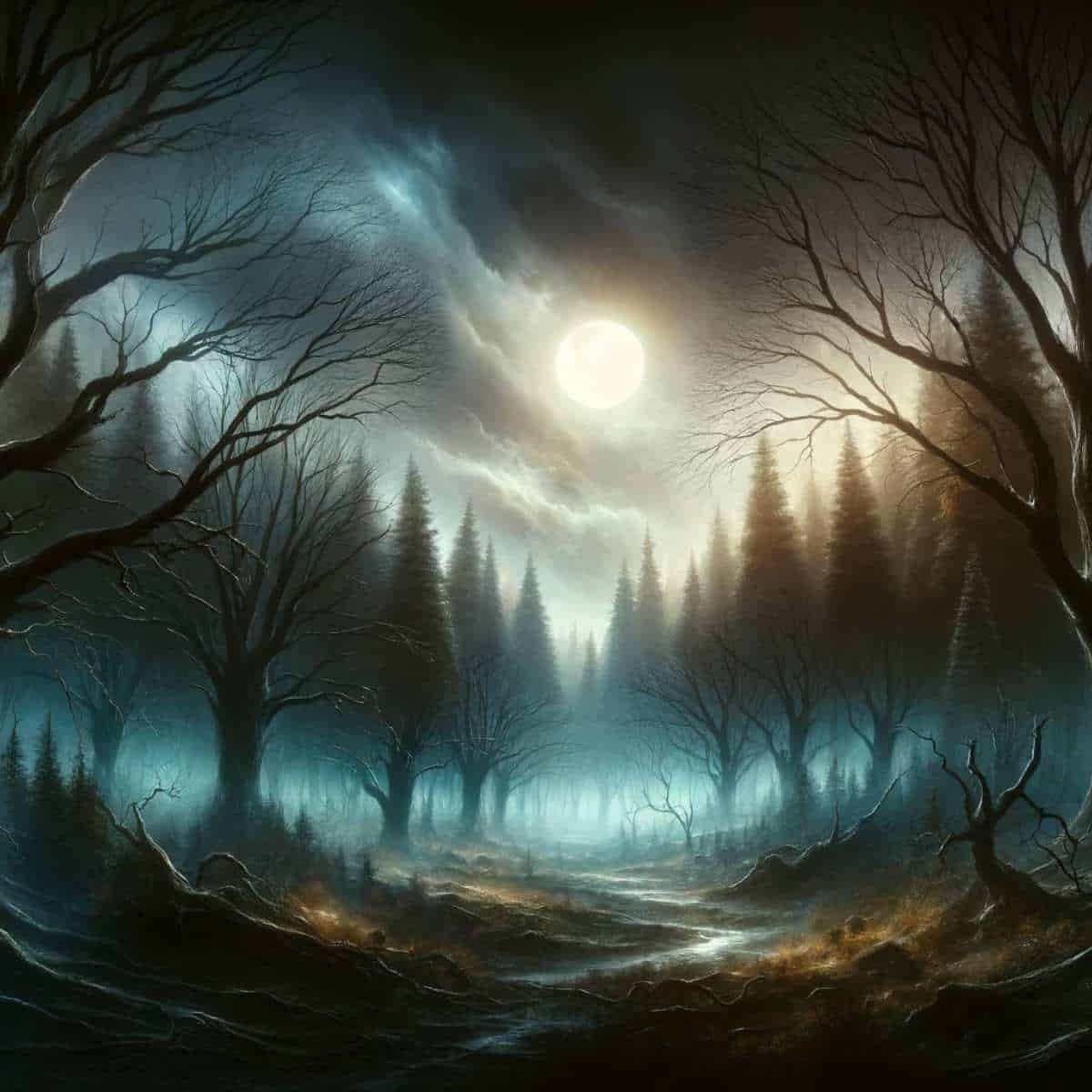
Samhain, traditionally celebrated from October 31st to November 1st, marks the end of the harvest and the onset of winter. It is a time for honoring ancestors and the deceased, often involving rituals to connect with the spirit world.
Yule
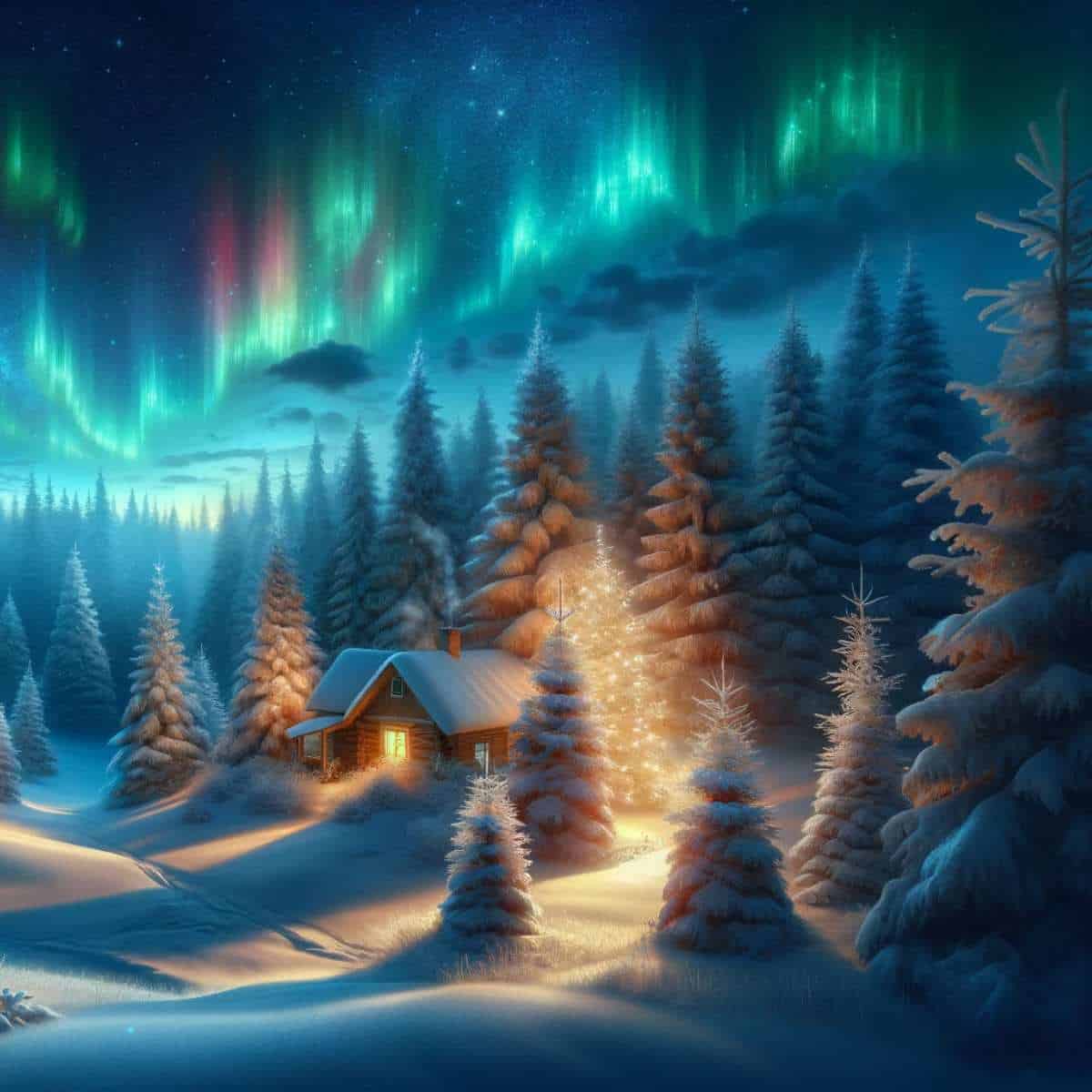
Yule, or the Winter Solstice, occurs around December 21st and celebrates the rebirth of the sun. This Sabbat is characterized by festivities that bring light and warmth, countering the darkest day of the year.
Imbolc
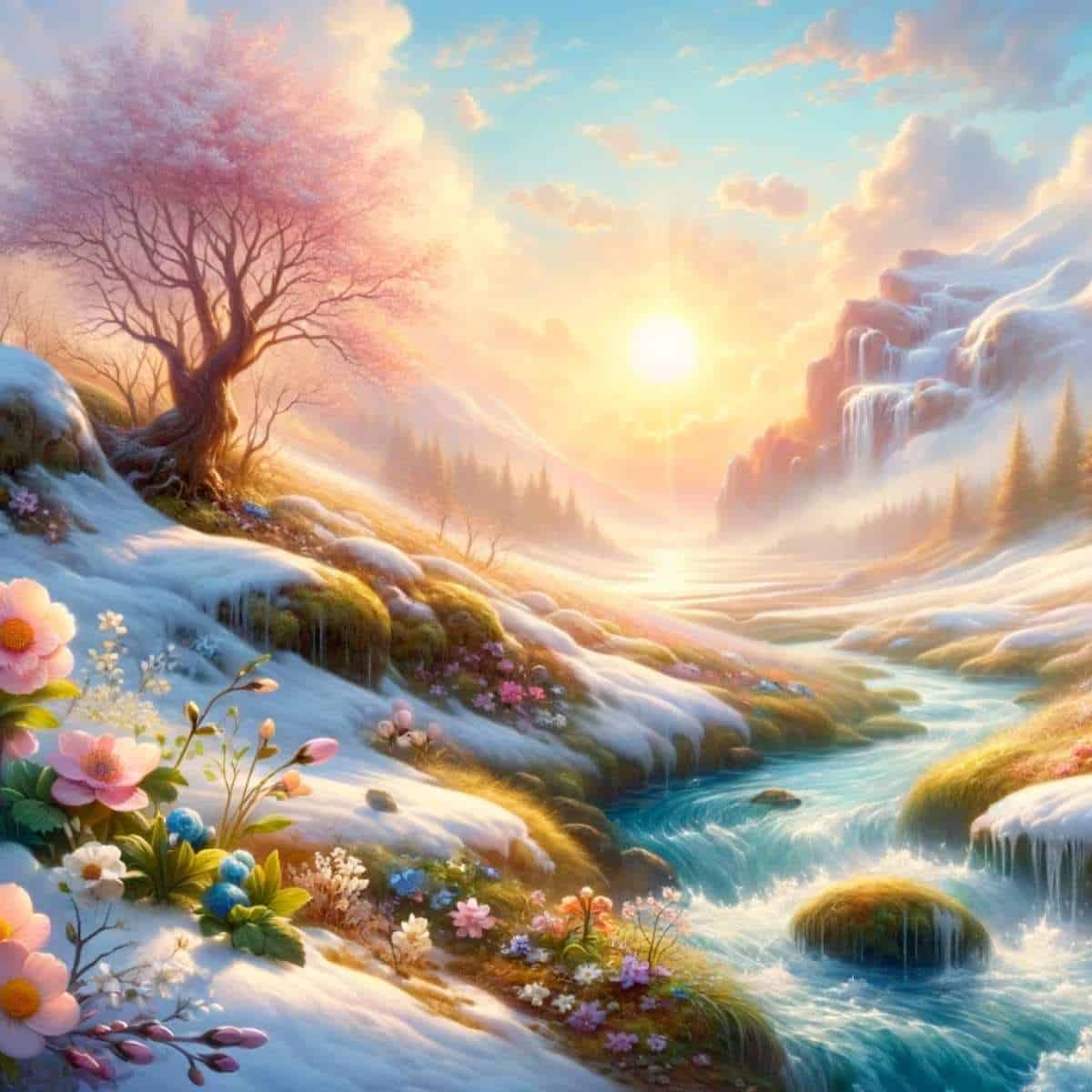
Imbolc, recognized on February 1st, signifies the beginning of spring. Rituals include lighting candles and gathering snowdrops to celebrate the increasing strength of the sun and the Earth's awakening.
Ostara

Ostara corresponds to the Spring Equinox, around March 21st, balancing day and night. It celebrates new life and fertility, with eggs and hares serving as common symbols.
Beltane
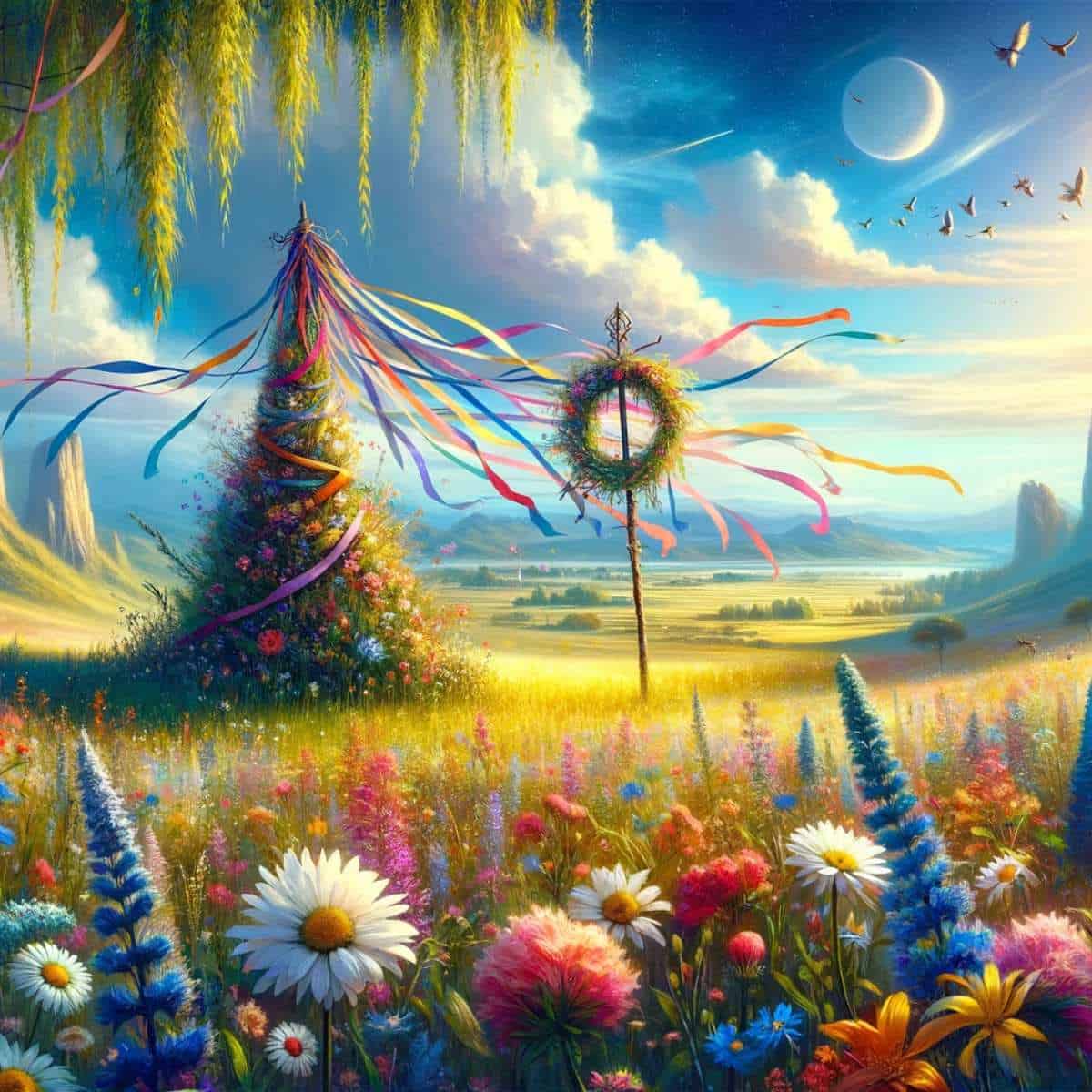
Beltane, held on May 1st, joyously welcomes summer with the lighting of fires. This festival represents fertility, the union of the masculine and feminine, and the vitality of the Earth.
Litha

Litha, or the Summer Solstice around June 21st, heralds the longest day of the year. Celebrations focus on the sun's peak and its life-giving energy, typically involving outdoor festivities.
Lammas
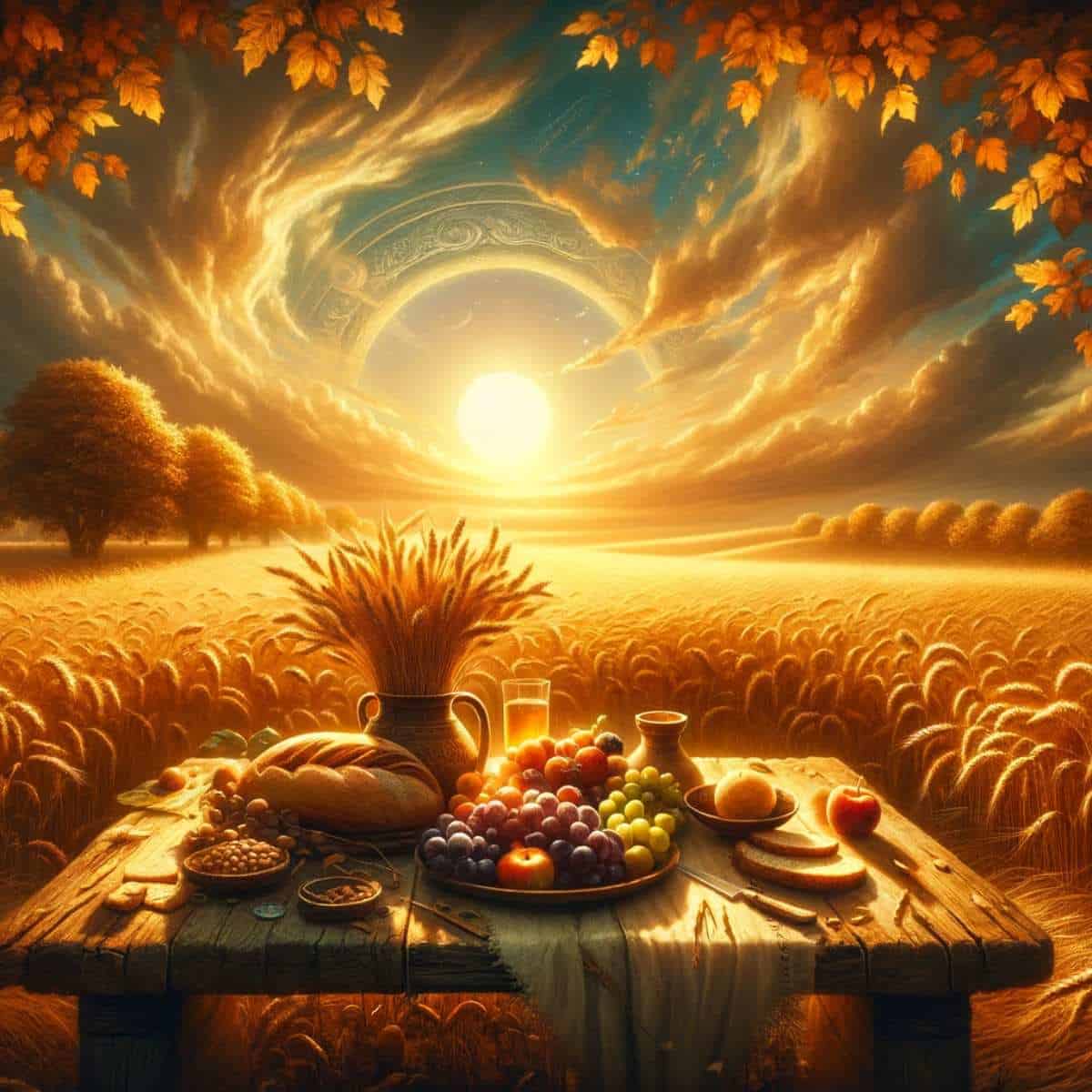
Lammas, or Lughnasadh, falls on August 1st and is the first of the harvest festivals. It is a time to give thanks for abundance and to celebrate the first fruits of the harvest.
Mabon
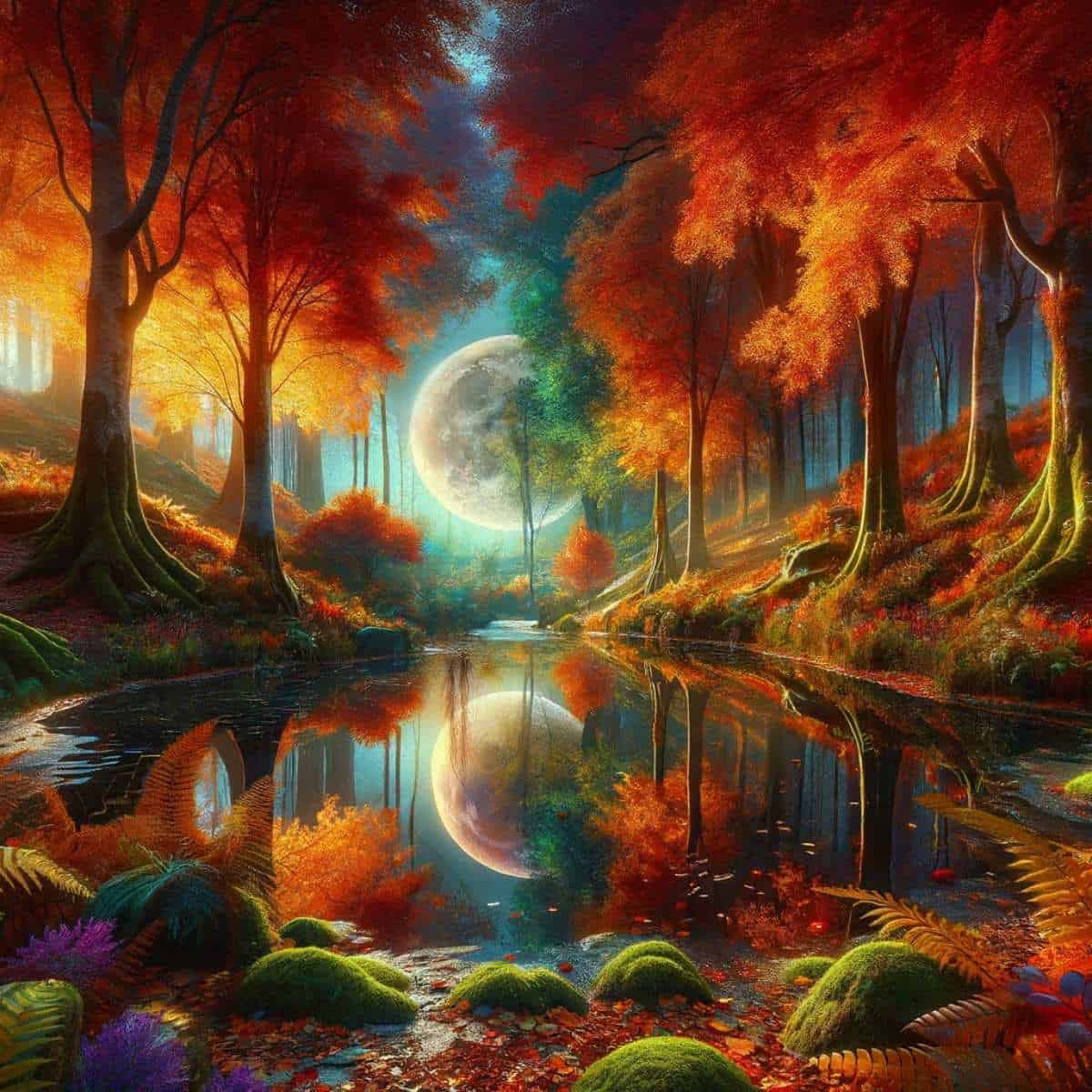
Mabon, observed at the Autumn Equinox around September 21st, is a celebration of balance and reflection. It is the second harvest festival and is a time to give thanks for the season's bounty and to prepare for the coming long winter.
Symbolism and Significance
The Wheel of the Year is a rich symbol of cyclical time, reflecting the intricate bond between human life, the Earth, and the cosmos.
Agricultural Roots
The festivals that comprise the Wheel of the Year are deeply intertwined with agricultural cycles. They mark key seasonal transitions that signified times of planting, growing, harvesting, and resting for our ancestors. The agricultural significance is evident in the celebration of Imbolc, representing the beginning of spring and the lambing season, or Lughnasadh, celebrating the first harvest.
Solar and Lunar Alignments
Solar and lunar cycles are central to the Wheel of the Year, honoring the Earth's journey around the sun and the fluctuating phases of the moon. The solstices and equinoxes mark the height of seasons and the balance of light and dark—moments like the Winter Solstice symbolizing rebirth, and the Summer Solstice reflecting the fullness of life. Each festival within the Wheel has associations with either the oak king or the holly king—archetypes representing the waxing and waning of solar power throughout the year. Lunar alignments also play a role, as many traditions believe the full moon is a time when the goddess is in her most fertile and potent phase.
Cultural Impact
The Wheel of the Year holds a significant cultural impact, particularly in shaping modern celebrations and reinforcing the spiritual practices of contemporary Pagan communities and modern witches.
Influence on Holidays
Many mainstream holidays have origins traceable to the Wheel of the Year. For example, Halloween is closely linked to Samhain, a seasonal festival that marks the end of the harvest season. The Celts believed that on Samhain, the lines between the living and the dead blurred, leading to the tradition of honoring the dead, which is still evident in today's Halloween customs. Additionally, Christmas has connections to Yule, a pagan celebration of the Winter Solstice, echoing themes of rebirth and light prevailing over darkness.
Contemporary Paganism
The Wheel of the Year continues to be a cornerstone of modern Paganism, especially within Wicca and modern Druidry. Modern Pagans and Wiccans celebrate the eight sabbats to honor the cycle of nature. These practices often blend aspects from Celtic traditions, Teutonic mythology, and other pre-Christian pagan customs, thus preserving ancient knowledge and keeping it relevant in a modern context. The Wheel of the Year strengthens community bonds among Pagans, serving as a shared cultural and spiritual touchstone.

Practice and Observance
The Wheel of the Year encompasses distinct practices and observances centered around a calendar of eight sabbats. Participants express their spirituality through rituals and crafts, decorate altars per festival, and engage in community activities that foster a sense of gratitude and reflection.
Rituals and Customs
Every sabbat in the Wheel of the Year has its rituals and customs. Witches and Wiccan practitioners often gather to perform ceremonies that may include lighting fires, particularly during fire festivals such as Beltane. These rituals are designed to honor the natural cycle of the Earth and usually involve elements of gratitude and reflection.
- Samhain: a time for remembering the ancestors and preparing for the dark half of the year
- Imbolc: marks the beginning of spring with candle rituals signifying the return of light
Altar Decoration
Decorating an altar is a central part of observance, with specific decor aligning with the current sabbat. Each festival has traditional items associated with it that reflect the season:
- Lammas altar: wheat sheaves and baked goods to symbolize the harvest
- Yule altar: evergreen boughs and candles to manifest hope and light amidst the darkest time
Community Activities
Community engagement plays a vital role during these festivals. Many participants come together to engage in crafts, shared meals, and storytelling, creating a sense of community and shared experience.
- Beltane: maypole dances and the kindling of communal fires
- Ostara: egg hunts and the exchange of seeds or flowers to celebrate fertility and rebirth
Traditions by Hemisphere
The Wheel of the Year comprises eight festivals, which vary between the Northern and Southern Hemispheres primarily due to seasonal differences.
Northern Traditions
In the Northern Hemisphere, traditional celebrations follow the Earth's seasons with festivals like Samhain often associated with the end of the harvest season. Occurring around October 31st, it signifies the beginning of the darker half of the year. Yule, marking the Winter Solstice around December 21st, celebrates the return of the light as days begin to lengthen. The Spring Equinox, known as Ostara, falls around March 21st and honors the balance between day and night, while Beltane, celebrated on May 1st, welcomes the peak of spring and the coming summer.
- Samhain (October 31st)
- Yule (December 21st)
- Imbolc (February 2nd)
- Ostara (March 21st)
- Beltane (May 1st)
- Litha (June 21st)
- Lughnasadh (August 1st)
- Mabon (September 21st)
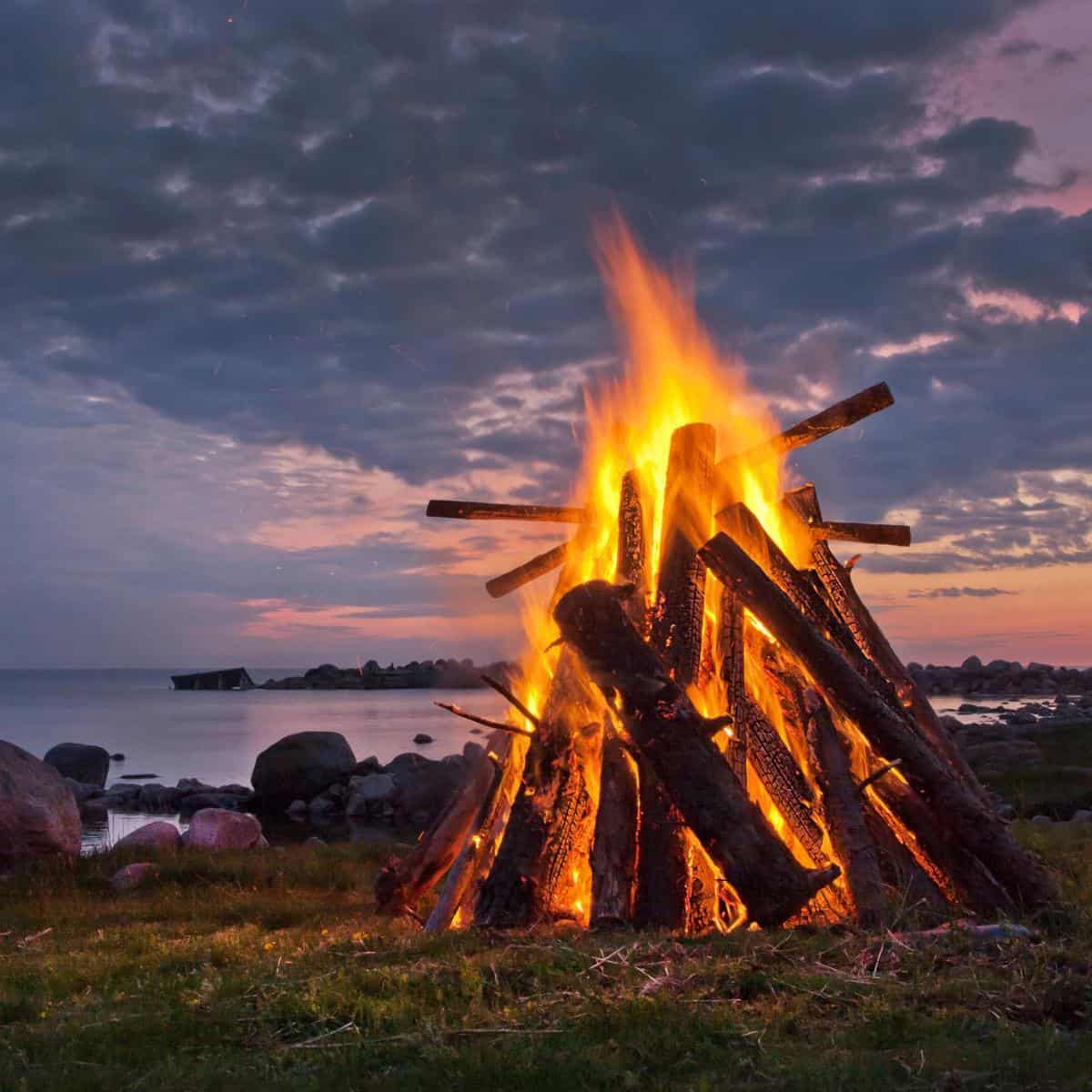
Southern Traditions
For those in the Southern Hemisphere, the cycle is mirrored due to opposite seasonal shifts. When the Northern Hemisphere celebrates Samhain, the Southern Hemisphere is observing Beltane with festivals and rituals that embrace the burgeoning life and warmth of their upcoming summer. Yule in the South corresponds with the longest night of the year around June 21st, signaling a time of reflection and the rebirth of the sun. Because the climatic and natural environment can vary greatly, some adherents in the Southern Hemisphere may adapt the names and themes of these festivals to better represent their local seasonality and experiences.
- Samhain (April 30th)
- Yule (June 21st)
- Imbolc (August 1st)
- Ostara (September 21st)
- Beltane (October 31st)
- Litha (December 21st)
- Lughnasadh (February 2nd)
- Mabon (March 21st)
Each of these festivals carries profound significance rooted in ancient traditions, now adapted and personalized to current ecological and cultural contexts.
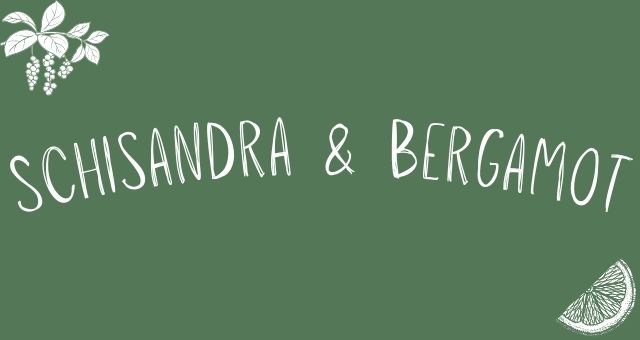


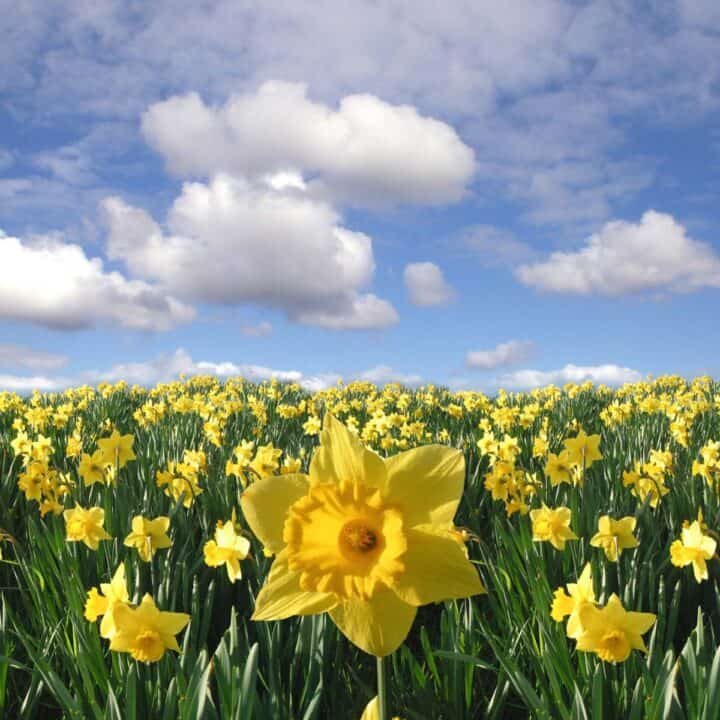
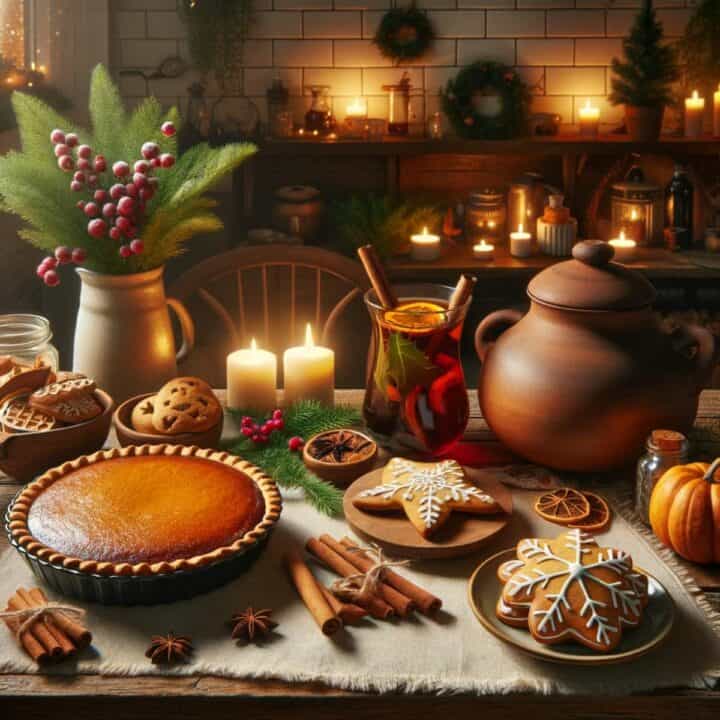
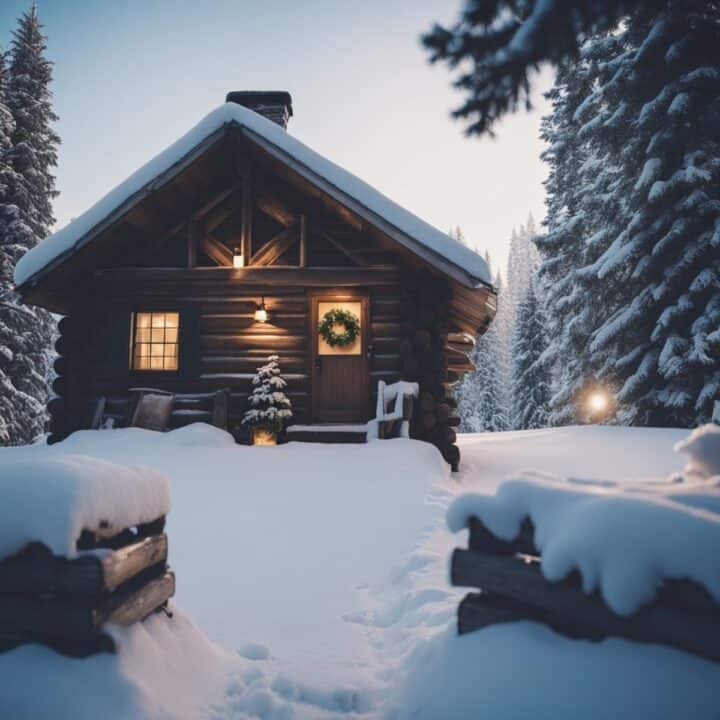
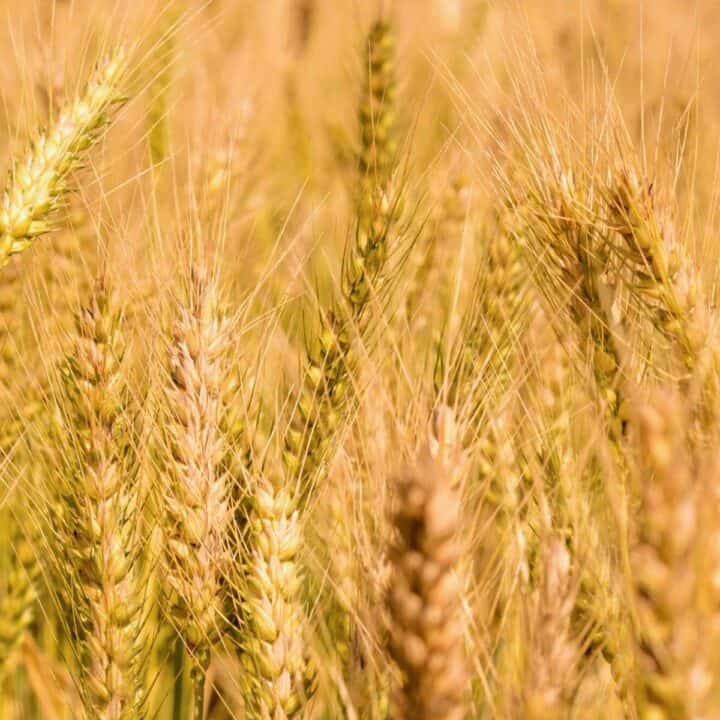
Paula says
I wasn't familiar with these customs at all. It's all very interesting. I thought some of our traditional holidays coincided with some of these Sabbats, but then I got further down in your post and read where you mentioned that.